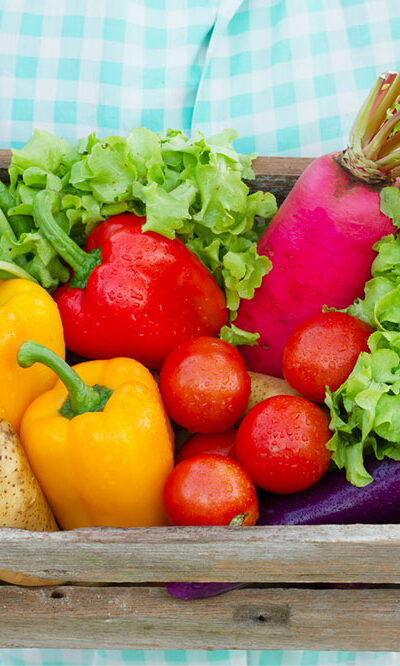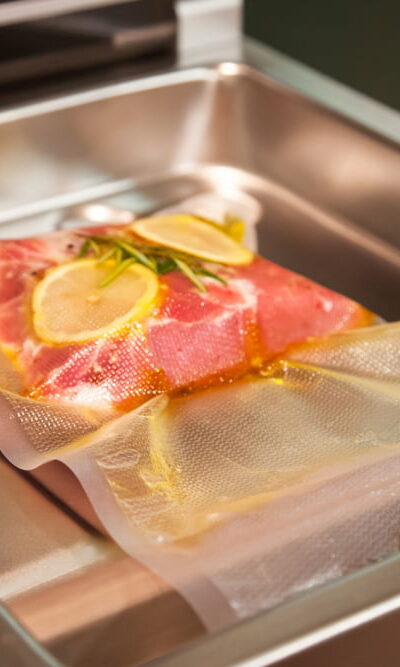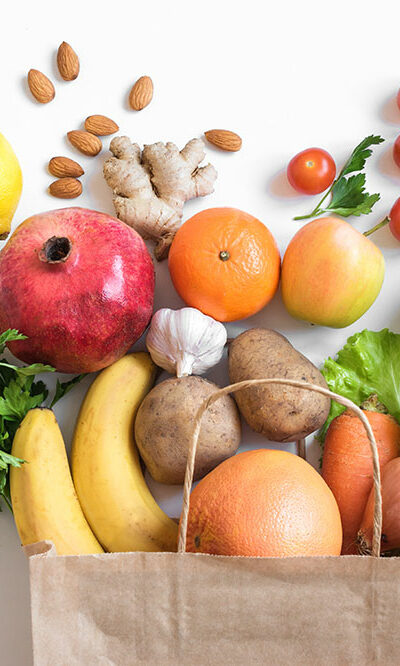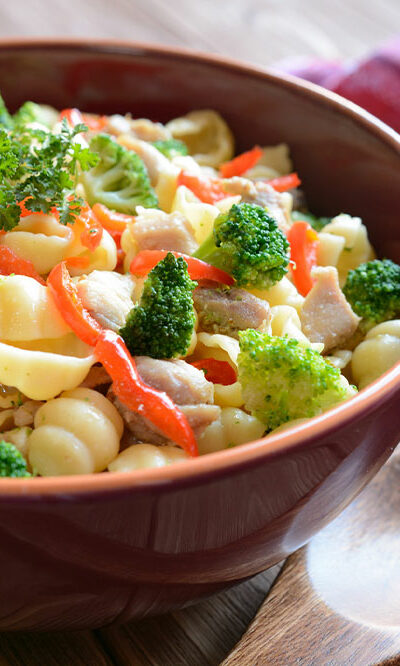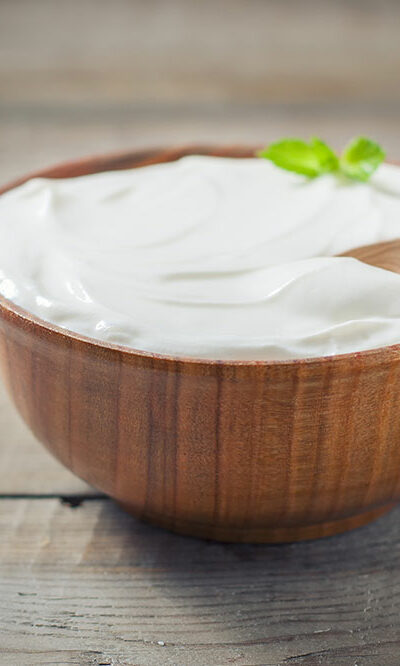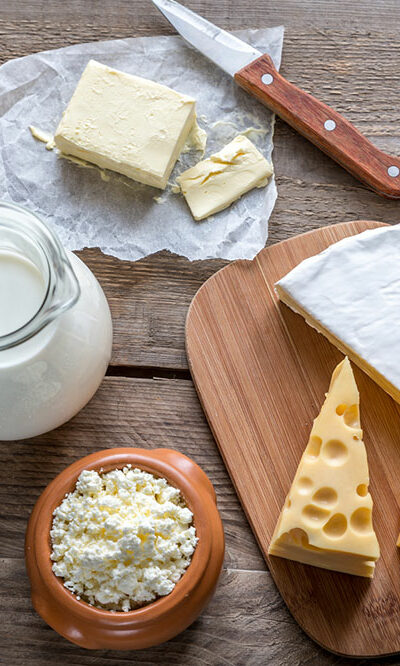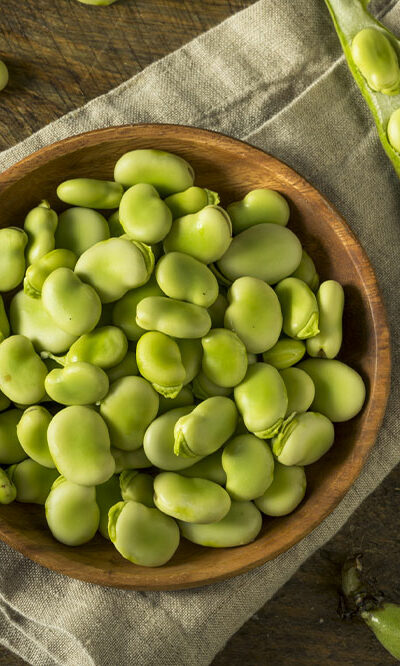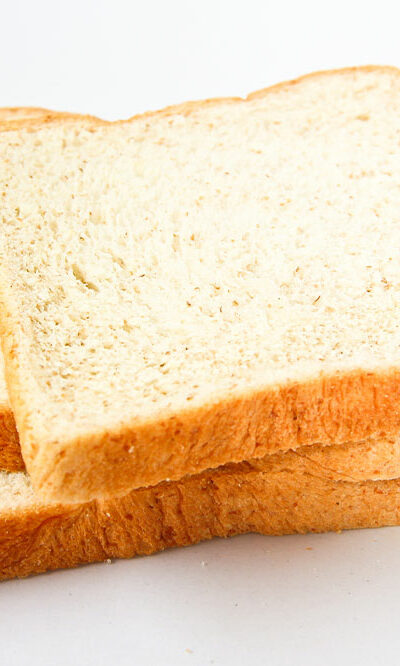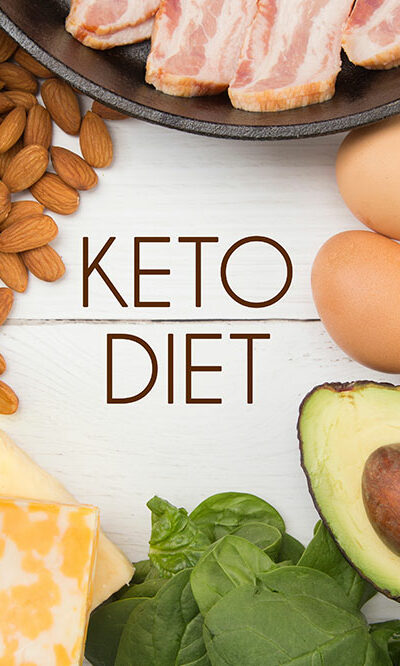
11 foods to avoid when dealing with Crohn’s disease
Crohn’s disease is a type of inflammatory bowel disease that leads to swelling in the small intestine resulting in problems like diarrhea and stomach pain. The swelling makes it tougher for the body to absorb the nutrients in food. Certain foods can also trigger the symptoms and lead to flare-ups; the triggers can differ from person to person. Nevertheless, here are a few common foods that should be avoided to prevent worsening Crohn’s disease symptoms. Spicy food For those with Crohn’s disease who love chilies or spicy food, restricting these foods is important to manage the symptoms. This is because certain spices can worsen the pain and other symptoms associated with the condition. Alternatively, one should use mild herbs and natural flavorings such as lemon in limited quantities. Dairy products Many people with Crohn’s disease experience worsening symptoms after consuming dairy products like yogurt, cheese, and milk. For them, it is better to try milk alternatives, like almond milk, coconut milk, soy milk, and oat milk. People with the disease can also try low-fat substitutes like kefir. Deep-fried foods People with Crohn’s are advised to limit their intake of fried and greasy foods as these contain unhealthy fats that may aggravate the symptoms and lead to problems such as loose motion and cramping. This is because foods rich in fat, including heavy sauces, are often not completely absorbed by the small intestine. Seeds and nuts Irrespective of the high nutritional value of these foods, they are not suitable for people with Crohn’s disease as they can cause irritation in the lining of the gut, worsening the symptoms. Seeds and nuts are also hard to digest for people suffering from the disease. Raw fruits and vegetables with skin The health of those with Crohn’s disease may worsen if they have apples or cucumbers along with their skins.
